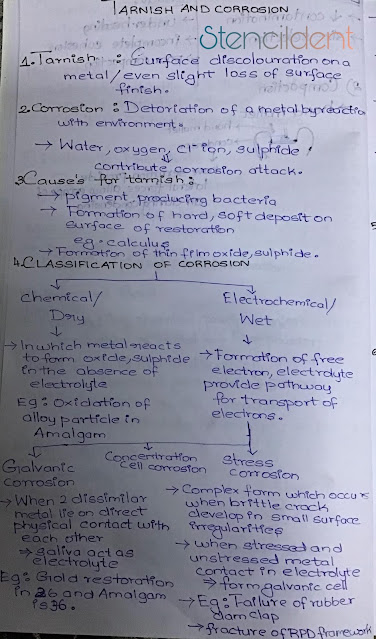Glass ionomer cement -most frequently asked viva question along with answers

GLASS IONOMER CEMENT : MOST FRQUENTLY ASKED VIVA QUESTIONS: 1)DEFINE GLASS IONOMER CEMENT? A cement that consists of basic glass and acid polymer which sets by an acid -base reaction between these components . 2)Who discovered glass ionomer cement? Wilson and Kent in 1972 3) Other name of glass ionomer cement ? ASPA -Alumino silicate polyacryate 4)Composition: Powder : Silica-35-40% Alumina-20-30% Calcium fluoride-15-20% Aluminum fluoride-1.5-2.5% Aluminium phosphate-9-8% Sodium fluoride-5% liquid: Polyacrylic acid-40-50% Itaconic acid, malic acid and tartaric acid -5% Water-45-50% 5)Classification: A)according to Wilson and Kent: Type 1- luting cement Type 2 -restorative Type 2 a -Restorative aesthetics Type 2b- Restorative reinforced B)According to application: Type 1 -Luting Type 2 -Restorative Type 2 a -Restorative aesthetics Type 2b- Restorative reinforced Type 3-Lining cement Type4- Fissure cemen...




